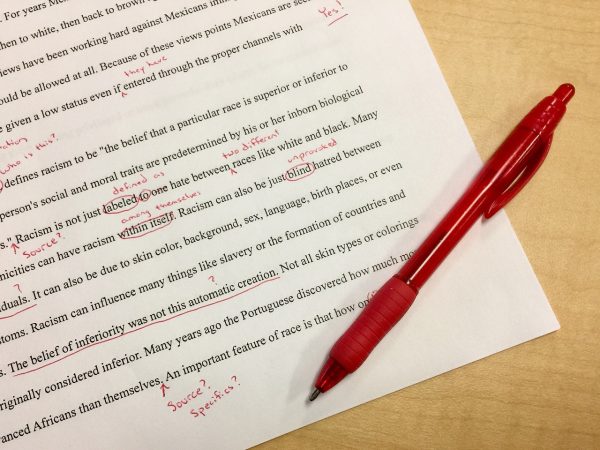Era of Fake News
February 10, 2017
According to Journalism.org over 34% of young adults tend to get their news from apps and websites and 32% from social media websites. However, with more fake news on the rise and web corporations actually gaining money from the falsities they post, people need to be careful of the articles they read. Otherwise, they will likely contribute to the spreading of fake news.
Have you ever heard of the Denver Guardian? If so, you had probably seen their most streamed post from the 2016 presidential election. If not, it is a fake news website created to alarm and anger extreme conservatives. For example, one of the Denver Guardian’s articles detail the suspicious death of an FBI officer who leaked Clinton’s emails. Another article explained how an impoverished man was able to buy marijuana with food stamps. The problems with these stories is they are not true. According to its creator and operator, Jestin Coler, Denver Guardian was created to reveal the “extremism of the white nationalist alt-right.” Coler had also stated that the money he made from the amount of views of his and his writers falsities helped him continue to write articles for his company Disinfomedia.
Because the internet is such a large and powerful space, anyone can post anything stating that it is true. Moreover, with entertaining news increasing over actual knowledgeable news, it is terrifying to acknowledge that impressionable people can pass along the false news and continue the stream of falsehoods.
http://www.politifact.com/truth-o-meter/article/2016/dec/13/2016-lie-year-fake-news/ – has good info on how Facebook contributed
https://www.washingtonpost.com/news/fact-checker/wp/2016/11/22/the-fact-checkers-guide-for-detecting-fake-news/?utm_term=.08219dc70cc0 – what news consumers should do when they doubt the veracity of a news story












